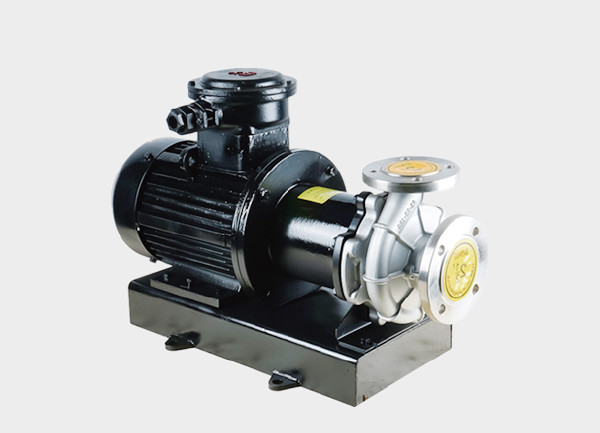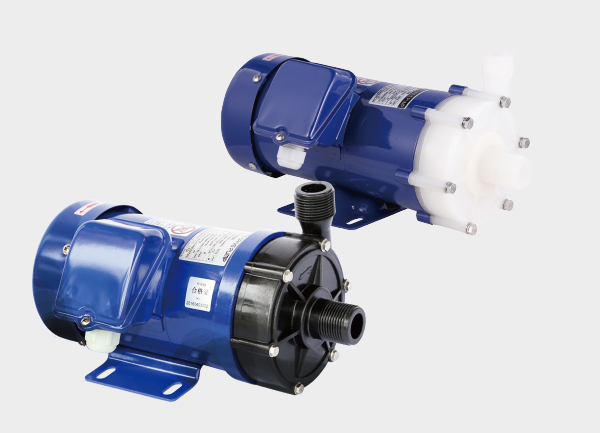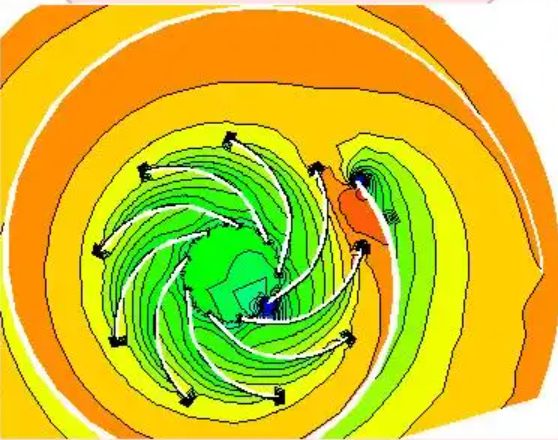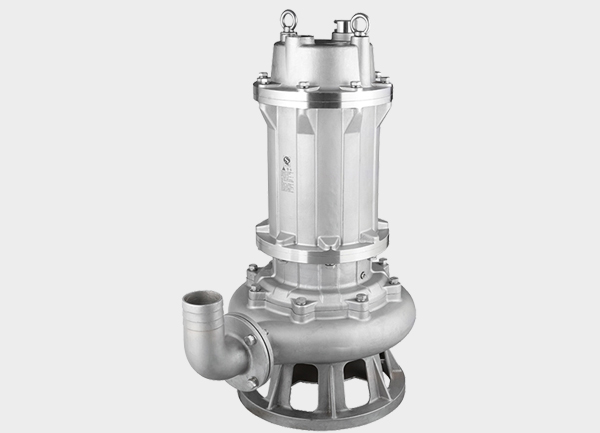In fluid machinery and engineering applications, pumps play a vital role in fluid transfer across industries such as chemical processing, petroleum, pharmaceuticals, and environmental protection. Among the most common types are conventional centrifugal pumps and magnetic drive pumps.
While both serve the same purpose—transferring fluids—their power transmission mechanisms differ fundamentally. This distinction leads to significant differences in sealing performance, energy efficiency, and application scenarios.
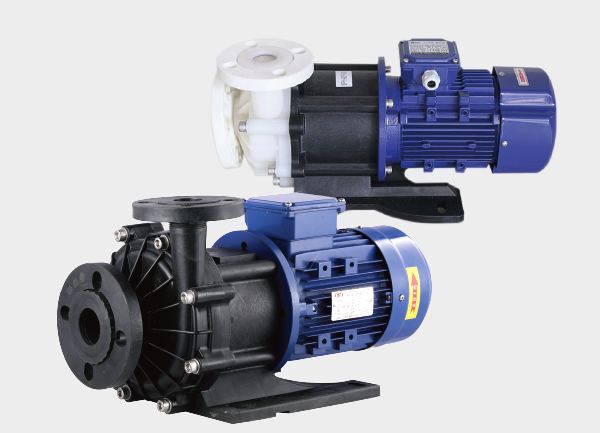
Magnetic Drive Pumps
1. Power Transmission Mechanism: Contact vs Non-Contact
Conventional Pumps (Centrifugal Pumps)
Use rigid contact transmission through a mechanical shaft.
The motor shaft connects to the pump shaft via a coupling, directly driving the impeller.
Torque transmission occurs through solid-to-solid contact, known as direct torque transmission.
Magnetic Drive Pumps
Use non-contact magnetic coupling transmission.
Consist of an outer magnetic rotor (attached to the motor shaft) and an inner magnetic rotor (attached to the impeller shaft).
The rotors are separated by a non-magnetic isolation sleeve, ensuring the pump chamber remains fully sealed.
The outer rotor generates a rotating magnetic field, which drives the inner rotor synchronously, thus rotating the impeller.
🔑 Key Point: Conventional pumps rely on direct mechanical contact, while magnetic drive pumps rely on magnetic torque transmission without contact—laying the foundation for differences in sealing and safety.
2. Sealing Performance: Dynamic Seals vs Static Seals
Conventional Pumps
Require dynamic seals (mechanical seals or packing seals) because the pump shaft passes through the pump casing.
Dynamic seals involve relative movement between sealing surfaces, which leads to wear and aging.
Over time, leakage is inevitable—even under good conditions, leakage rates are typically ≤ 5mL/h.
Seal failure can cause serious leakage accidents.
Magnetic Drive Pumps
Use a fully static seal structure.
The inner rotor and impeller are completely enclosed within the pump chamber by the isolation sleeve.
All sealing points are static (no relative movement), using sealing rings to maintain integrity.
Achieves near-zero leakage, often ≤ 0.1mL/h, and in many cases “no visible leakage.”
🔑 Key Point: Conventional pumps always carry leakage risks due to dynamic seals, while magnetic drive pumps are structurally leak-free, making them ideal for toxic, corrosive, or flammable fluids.
3. Energy Loss and Application Scenarios
Energy Efficiency
Conventional Pumps
Losses mainly come from mechanical friction (bearings, couplings) and hydraulic losses (fluid turbulence, resistance).
No magnetic losses.
Typically 3%–8% more efficient than magnetic drive pumps under the same conditions.
Magnetic Drive Pumps
Experience additional losses:
Magnetic coupling losses (eddy currents in the isolation sleeve, consuming 5%–10% of motor power).
Isolation sleeve hydraulic losses (increased flow resistance).
Slightly lower overall efficiency compared to conventional pumps.
Application Scenarios
Conventional Pumps
Best suited for non-corrosive, non-toxic, non-flammable fluids such as clean water or standard oil products.
Chosen where efficiency and lower initial cost matter more than leak-proof safety.
Regular maintenance needed (mechanical seals often checked every 3–6 months).
Magnetic Drive Pumps
Designed for highly corrosive (sulfuric acid, nitric acid), toxic (benzene, methanol), flammable (ethanol, gasoline), or high-value fluids (pharmaceutical intermediates, rare metal solutions).
Prioritize safety and leak-free performance over maximum efficiency.
Lower failure rates, with mean time between failures 2–3 times longer than conventional pumps.
Lower long-term maintenance costs due to the absence of mechanical seals.
🔑 Key Point: Conventional pumps win in efficiency and upfront cost, while magnetic drive pumps excel in safety, reliability, and total lifecycle value.
Conclusion
From the perspectives of fluid machinery principles and engineering applications, the core difference between magnetic drive pumps and conventional centrifugal pumps lies in their power transmission mechanism:
Conventional Pumps → Contact-based, efficient, but prone to leakage due to dynamic seals.
Magnetic Drive Pumps → Non-contact, leak-free, slightly less efficient, but far safer for hazardous or high-value fluids.
In practice, the choice between the two depends on application priorities:
If the fluid is harmless and efficiency is the main concern → conventional pumps are cost-effective.
If safety, corrosion resistance, and leak prevention are critical → magnetic drive pumps are the superior solution.
As industrial safety and environmental protection requirements rise, magnetic drive pumps are becoming the preferred choice in industries handling hazardous or valuable fluids.



